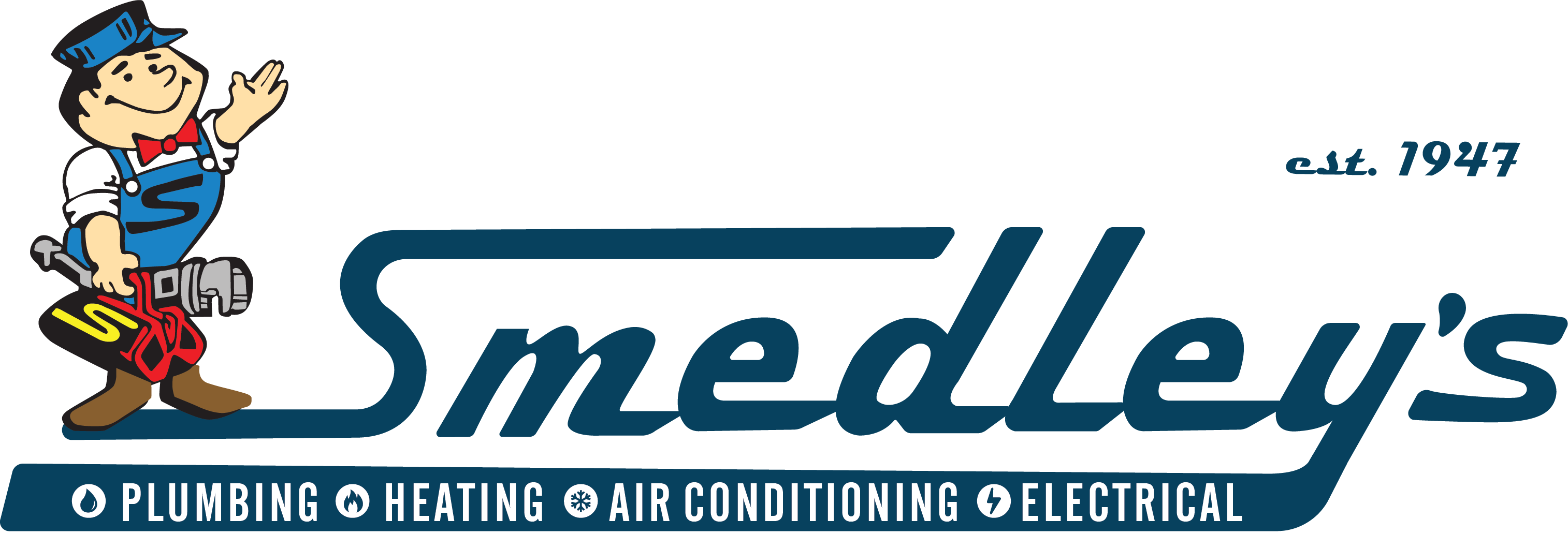Change is a constant in the HVAC industry, so it’s not unusual to see standards come and go and new technologies emerge. One such change is the current phase-out of R-22 refrigerant from use in air conditioners, heat pumps, and other appliances. While many older air conditioners still use R-22, the latest models are designed to use different, non-ozone depleting refrigerants. As part of the ongoing phase-out, the U.S. Environmental Protection Agency seeks to end new production and import of R-22 and other hydrochlorofluorocarbons (HCFCs) by 2020. After 2020, HVAC technicians will only have dwindling stocks of new HCFC refrigerant and used refrigerant scavenged from non-functioning systems to rely on.
As part of the ongoing phase-out, the U.S. Environmental Protection Agency seeks to end new production and import of R-22 and other hydrochlorofluorocarbons (HCFCs) by 2020. After 2020, HVAC technicians will only have dwindling stocks of new HCFC refrigerant and used refrigerant scavenged from non-functioning systems to rely on.
If you have an older air conditioning system that still uses R-22, these upcoming changes will impact you in a variety of ways. The following shows what you can expect throughout the phase-out process.
Rise in Maintenance Costs
Keeping an older air conditioner in great shape already requires additional costs, but the R-22 phase-out will make repairs even more expensive. As new R-22 production comes to an end, you can expect the price of existing refrigerant stocks to increase. As those stocks are used up to service aging A/C equipment, the laws of supply and demand will dictate a steep price tag for any remaining supplies.
After R-22 production ends in 2020, you can expect a sharp increase in maintenance costs for air conditioners that still use it. Rising refrigerant costs can make taking care of even the most minor of leaks cost-prohibitive. Several years from now, a major refrigerant leak could spell the definite end of your A/C system.
The good news is that unlike other liquids and vapors, refrigerant doesn’t evaporate over time. As long as there aren’t any leaks, your current air conditioner will always have sufficient refrigerant available. Proactive maintenance is the key to avoiding leaks, especially on aging A/C equipment, but it can only do so much as your A/C system degrades over time.
Use of R-22 Substitutes
If you’re concerned about dwindling supplies of R-22 but still want to hold on to your existing air conditioner, you’ll have plenty of options at your disposal. For instance, you can extend the life of your current air conditioner by using an alternative refrigerant in place of R-22.
There are plenty of refrigerants currently on the market that are designed to replace R-22 in some capacity. Some refrigerants are touted as drop-in replacements that offer near-perfect compatibility with lubricants commonly used with R-22. R-424A is one such drop-in replacement that offers similar performance to R-22 while achieving excellent energy savings.
Other alternatives require a complete removal of existing lubricants and other minor modifications before they can be used properly. For instance, R-407A uses a POE lubricant that’s incompatible with mineral-based oils used with R-22. Your HVAC technician will need to properly flush the refrigerant lines before adding R-407A to an R-22-based air conditioner.
Options for Retrofitting and Conversion
Another option for dealing with the phase-out of R-22 involves converting your air conditioner to use refrigerants that are normally incompatible with your current HVAC equipment. These refrigerants include R-410A, which is the main refrigerant used in the vast majority of modern air conditioners.
Since R-410A works at higher operating pressures than R-22, it’s impossible to effectively use the newer refrigerant in older air conditioners unless those units are properly converted. The conversion process typically consists of replacing the evaporator and condenser coils. Other existing refrigerant lines are flushed of their original refrigerant and lubricating oil.
In some cases, converting your R-22 air conditioner to use R-410A can be cheaper than buying a brand-new system. However, you’ll miss out on the energy efficiency improvements and new features offered by newer air conditioning systems.
Complete Replacement of System
Replacing your entire air conditioning system is usually the best option for dealing with the R-22 phase-out. As mentioned previously, the vast majority of new air conditioning equipment uses R-410A. In dedicated HVAC systems built exclusively for R-410A, the new refrigerant offers tremendous improvements in energy consumption and overall performance.
You’ll also benefit from the latest features and technologies modern HVAC systems have to offer, including two-stage compressors and variable-speed blower motors. These energy-saving features are seldom seen on older air conditioners unless they were retrofitted at some point.
Most importantly, a complete system replacement ensures that your air conditioning system is future-proofed against the R-22 phase-out. You won’t have to worry about the effects that dwindling R-22 stocks could have on your air conditioner. Stocks of R-410A and other non-ozone depleting refrigerants are more plentiful in comparison to R-22.
The R-22 phase-out is coming, so it pays to be prepared before the time comes. The experts at Smedley Service can help you weigh your options and choose the one that works best for your budget and home comfort. Contact us today to schedule an appointment.




